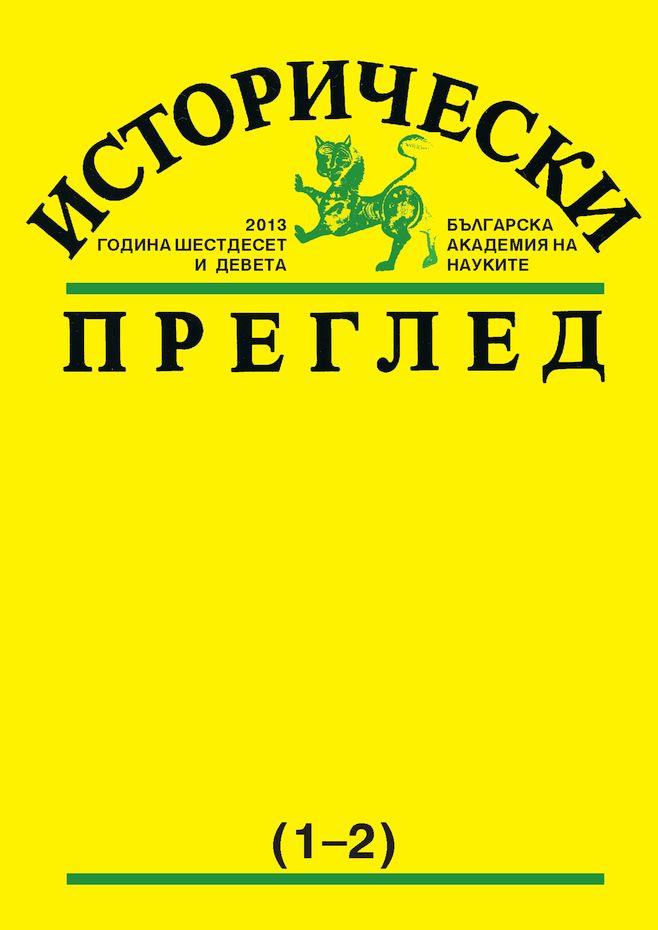
Нови факти за живота на професор Симеон Демостенов (1886–1966)
Concise notes about life and work of professor Demostenov
More...We kindly inform you that, as long as the subject affiliation of our 300.000+ articles is in progress, you might get unsufficient or no results on your third level or second level search. In this case, please broaden your search criteria.

Concise notes about life and work of professor Demostenov
More...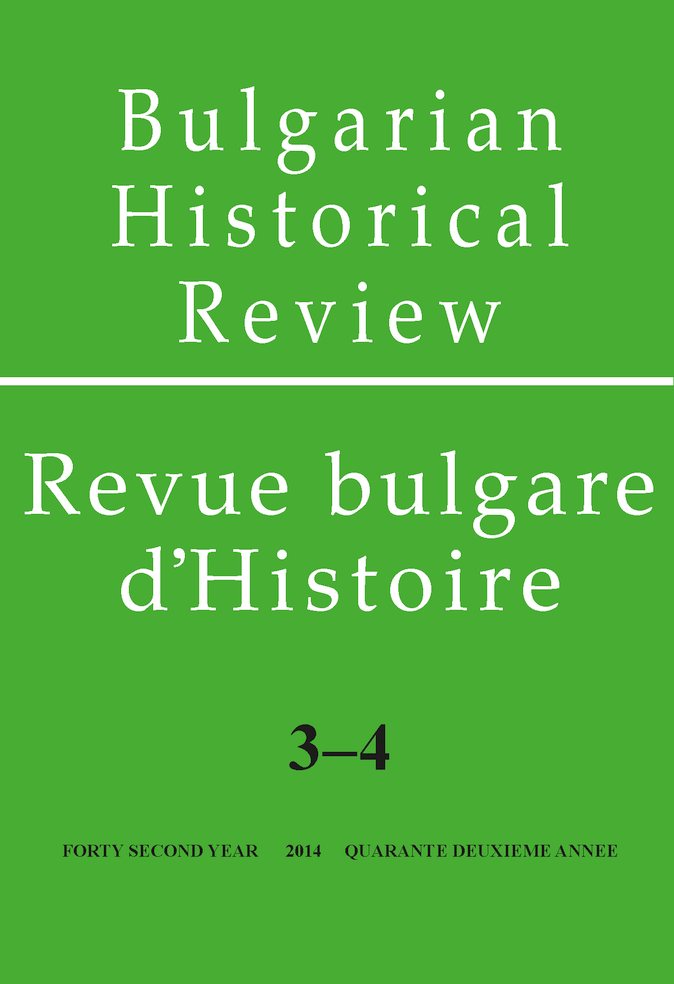
This article is devoted to the position of Russian and Russian-speaking minority on the territory of Austrian Galicia from 1835 to 1861. It is based on the letters of Denis Ivanovich Zubritsky from Lviv to the Russian scientist M.P.Pogodin. The author observes some aspects of national policy in “Galician-Russia” at the pointed period. The author used the method of content analysis of scientific correspondence. The article is based on unique and little-known archival and published documents
More...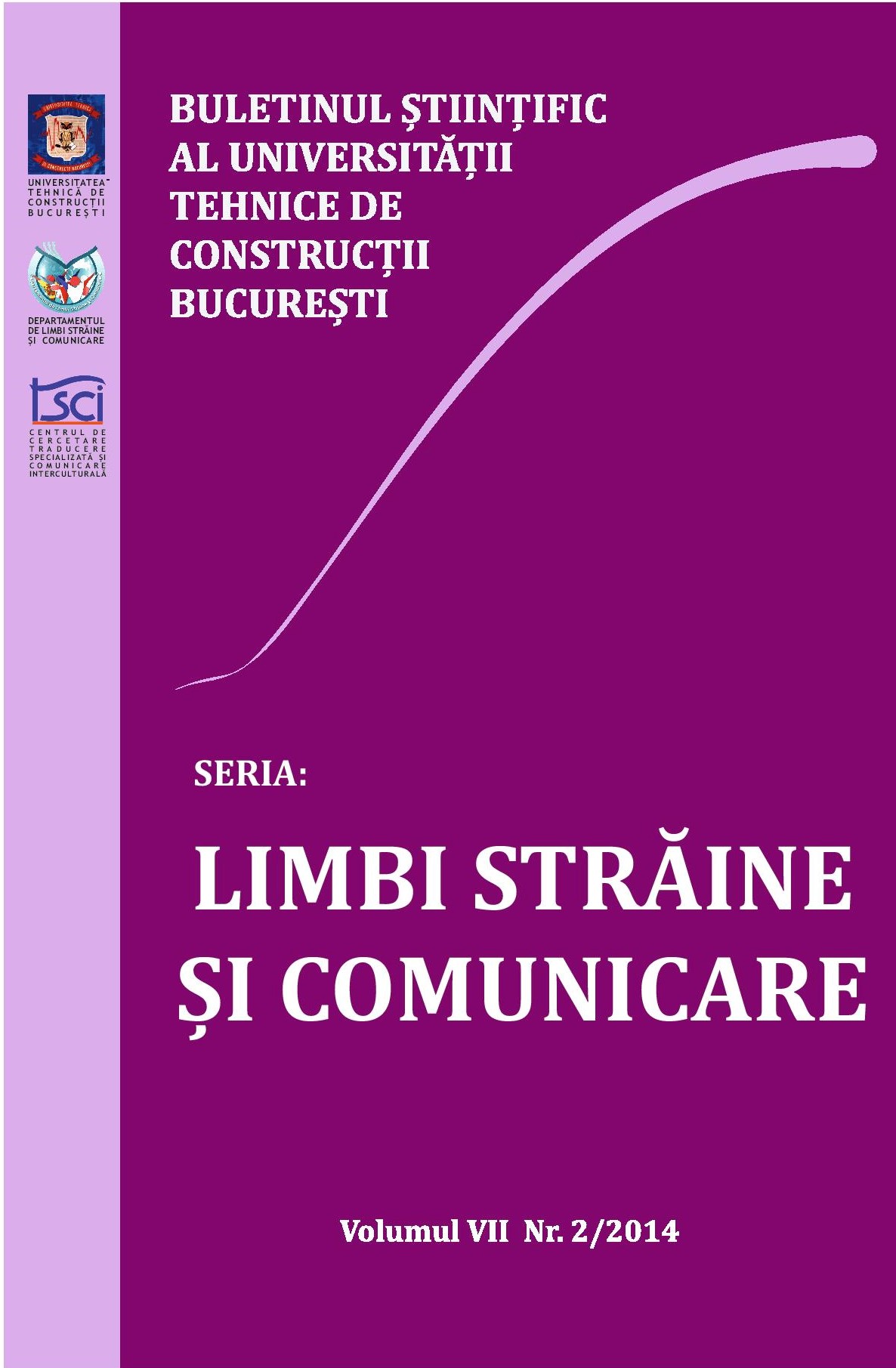

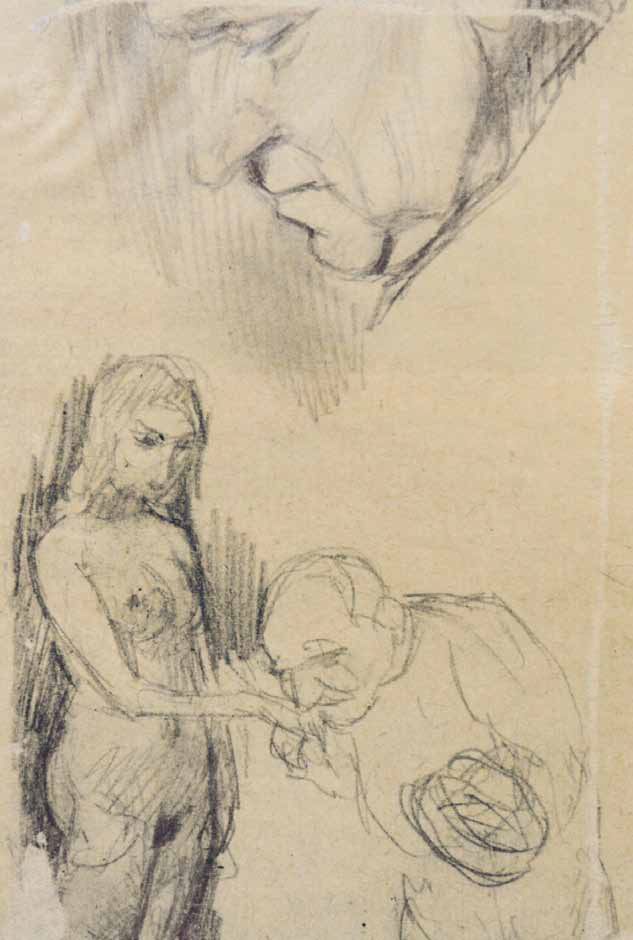
Bruno Schulz’s essay on Ephraim Moses Lilien, a Jewish artist born in Drogobych, was published serially in 1937-1938 in "Przegląd Podkarpacia". Not only is it the only Schulz’stext on plastic arts, but also his only explicit statement on Jewish matters. In Schulz’sopinion, Lilien stimulated his interest in plastic arts and played an important role as a mythmaker of contemporary Zionism.
More...
The experts and admirers of Schulz’s plastic art have long known about his design ofa bookplate of Ella and Jakub Schulz, the children of Izydor, Schulz’s elder brother,made probably in 1930. A sheet of paper with a pencil sketch was glued to carton mostlikely by Schulz himself and then framed. In such a form, hiding the reverse, it was preserved for several decades. In 2015 it became an object of auction. During examination,the sheet was separated from its original background and it turned out that onthe reverse there are some unknown sketches by Schulz. One of them is a portrait ofthe writer’s mother, the other shows a homage of an elderly man to a young woman.Many known drawings by the writer have been made on sheets where both the reverseand the obverse have been used, which implies that, first, all the undersides of Schulz’sworks must be carefully examined since they may hide his works that are still unknown,and second, that Schulz’s pencil sketches must be treated as material wholes. Fragments of his works cannot be reproduced separately from their visual milieu. It is also undesirable to frame and publish his drawings in isolation, according to conventional genre categories, such as “portrait,” “self-portrait” or “nude.” Their publication should makea documentary foundation which will allow us to reveal the principles of a mysterious coexistence of disparate motifs, optical perspectives, and emotional tonalities.
More...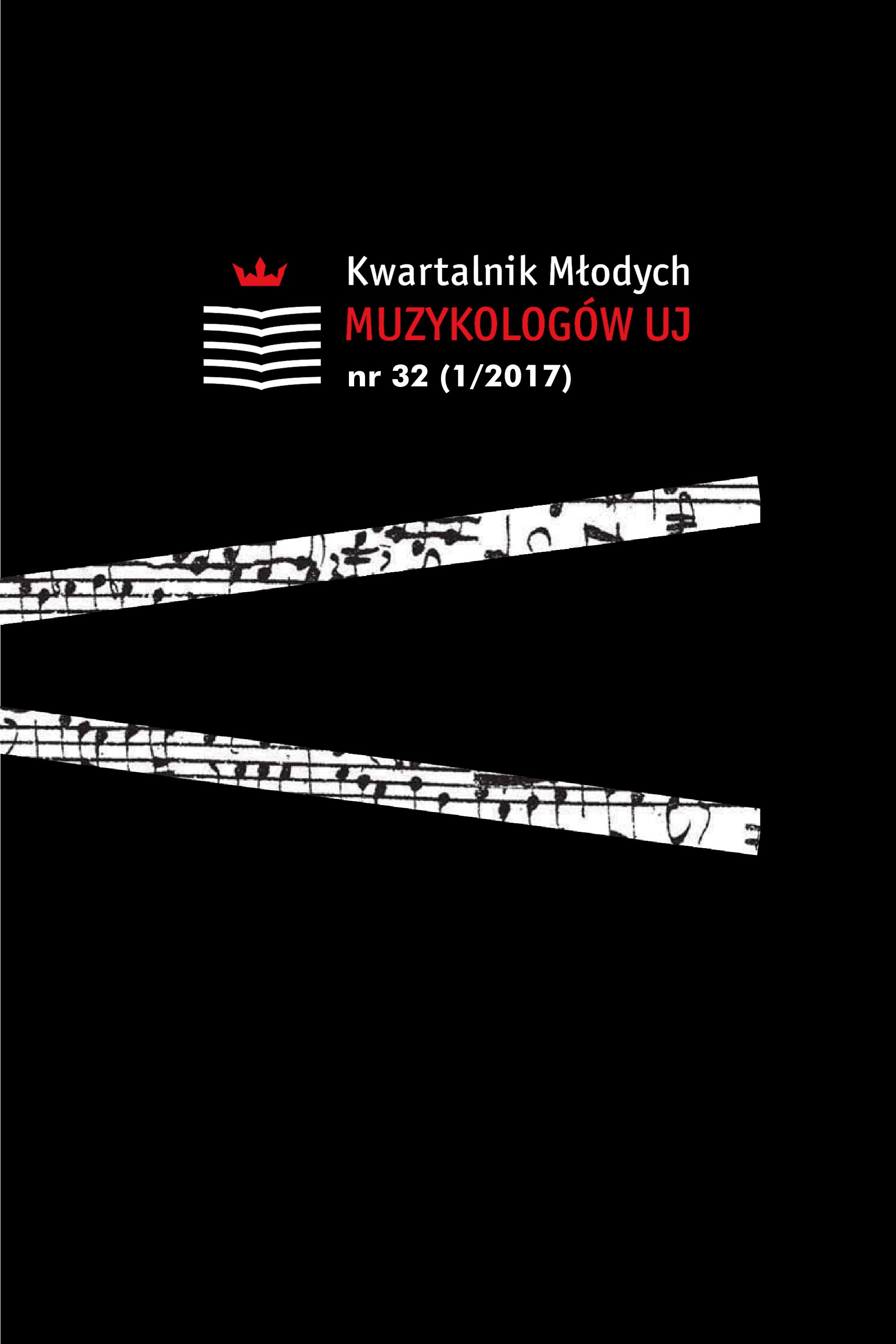
The aim of the article is to bridge the gap in the study of Nicolaus de Radom’s output by presenting a comparative analysis of his works as juxtaposed with other European artists. The prevailing opinion of musicologists, such as Maria Szczepańska and Mirosław Perz, is that Nicolaus de Radom’s music is closely related to the works of northern Italian composers. However, such a claim has not yet been supported with the detailed comparative analysis. The article presents the analysis of the manuscripts Kras 52 and Wn 378, signed by Nicolaus de Radom, confronted with selected masses by Johannes Ciconia and Antonio Zacara da Teramo. A detailed analysis of a two-sectioned cyclic mass helps to distinguish certain similarities and differences in the unification of the Mass pairs, as they are exemplified in the music of the composers. The works of all of the three artists manifest secular songs’ influence on the shaping of the Mass as a genre, although each composer adapts it in a slightly different way. Moreover, it is stated that a thorough analysis of the 15th-century Masses is necessary to determine whether there are any links between Nicolaus de Radom’s, Antonio Zacara da Teramo’s and Johannes Ciconia’s works, and whether there are any similarities in their compositional technique. Presented analysis of de Radom’s, Zacara da Teramo’s and Ciconia’s Masses refutes the claim that Nicolaus de Radom’s output bears closest relation to those of Zacara da Teramo’s. The results of the study reveal that there are no straightforward examples which would support such a theory.
More...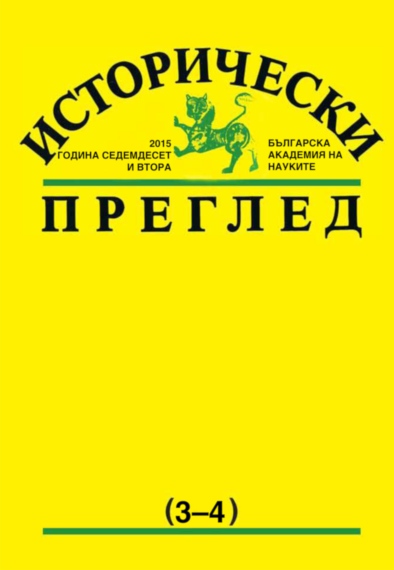
This publication presents an unpublished document relating to the economic history of the Bulgarian lands in the 19th century. This historical source is a translation of an Imperial Ottoman Act from Ottoman into Greek language (Μετἀφρασις τοῦ Ὑψηλου Ὀθωμανικοῦ Περατίου). It is a part of the archives of Georgi Popsimeonov, also known as Georgi Chorbadji or Georgi Anangnost of Arbanassi, Veliko Tarnovo district. The publication presents information about the document, its segmented version of the Greek language, as well as its translation into Bulgarian.
More...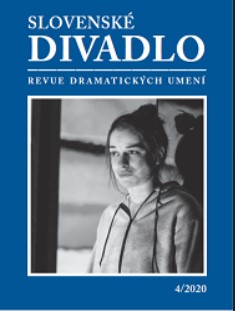
The publication of a Slovak translation (by Martin Brtko) of two studies by Adolphe Appia: La mise en scène du drame wagnérien [The Staging of the Wagnerian Drama, 1895] and Comment réformer notre mise en scène [How to Reform Our Theatre Directing, 1904], with an introduction by Miloš Mistrík. This edition of Slovak Theatre is part of a project in which Appia´s book L´Oeuvre d´art vivant [The Work of Living Art, 1921] has already been published, Bratislava: VEDA, 2020, and the Slovak translation of the book Die Musik und die Inszenierung [Music and Staging, 1899] is under preparation.
More...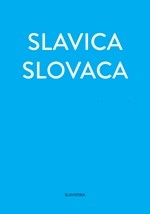
The article presents the educational materials of the course “Cyril and Methodius Studies for Young and Old”, which is a part of the EU project-based “Heritage BG” E-learning platform of the Cyril and Methodius Research Institute at the Bulgarian Academy of Science. The societal need of such an initiative is backed with arguments. The aims and purposes of the course as well as the means of achieving them are clearly defined. The principles underlying the system of amusement games and exercises offered are laid down. The article highlights the expected benefits of the new educational resource “Cyril and Methodius Studies for Young and Old” of the E-platform of the Cyril and Methodius Research Institute at the Bulgarian Academy of Science as a whole. Finally specific elaborations and suggestions on various topics uploaded on the website are shown.
More...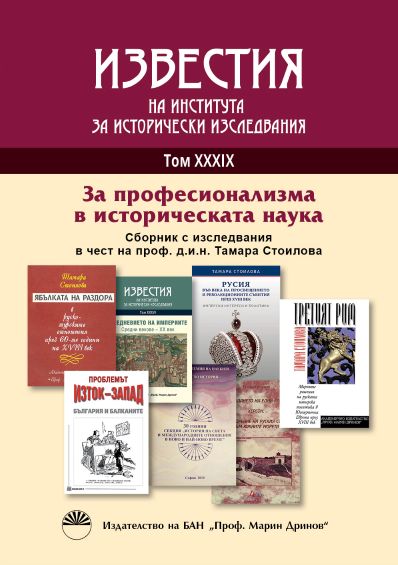
The article contains two parts. In the first, the Italian scholar and traveller Domenico Sestini (1750–1832) is introduced. Special emphasis is placed on his three journeys to the Rumelian lands, his contribution to the knowledge of the local flora, manners and customs of the population and especially its livelihood. Attention is given to the languages Sestini knew and to the ways in which they helped him in his tours of towns, villages and their surroundings. The second contains the complete translation from Italian into Bulgarian of the travelogue Viaggio da Costantinopoli a Bukoresti fatto l'anno 1779, including a commentary.
More...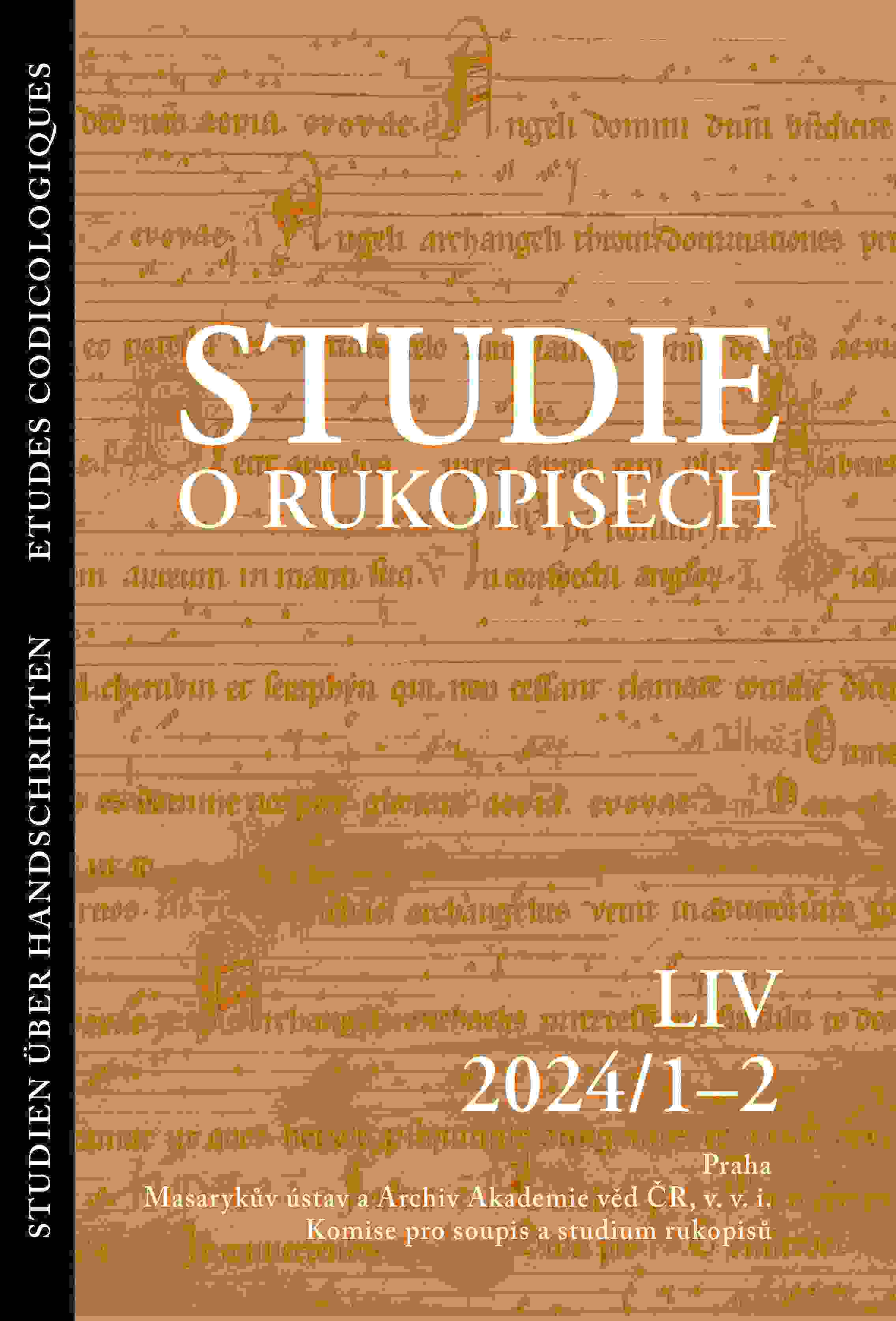
The collections of the Regional Museum in Olomouc include under the title Olmützer Losbuch a German-language illuminated manuscript. It is an example of a type of lot or oracle book widespread in the Middle Ages, namely the text Losbuch mit 32 Fragen. The study examines the organisation of the Olomouc copy as well as the interconnection of its textual and pictorial elements, and it compares the manuscript with related codices from Heidelberg and Edinburgh. In particular, it analyses and compares the individual patterns, i.e. the elements that help the reader understand the structure and contents of the manuscripts.
More...
The article aims to reconstruct and contextualize a parchment fragment stored at the Franciscan Nunnery of the Saint Clare Order at Stary Sącz. The fragment has unusual features: the Latin text, music staff, and music notation are enormously large, contrasting features of other Stary Sącz liturgical books. The analysis reveals that the fragment is in line with other Kraków diocese manuscripts and was not originally part of the nunnery’s collection. The reconstruction of the folio indicates that the original manuscript, whether gradual or sequentiary, was unusually large, even larger than the famous Krakow Jan Olbracht Gradual. Moreover, the fragment bears witness to the production of at least one oversized liturgical book – an elephant-sized manuscript –, which took place on the territory of the Krakow diocese, probably in the late 15th century.
More...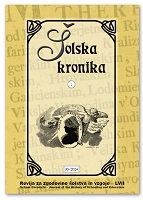
Besedilo je prevedeno iz nemščine v sodobno slovenščino po nemško- -slovenski izdaji za deželo Kranjsko, ki je bila najverjetneje objavljena leta 1777.
More...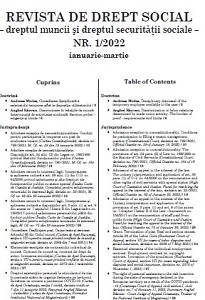
Înalta curte de casație și justiție, Completul pentru dezlegarea unor chestiuni de drept, decizia nr. 70/2024, M. Of. nr. 1.275 din 18 decembrie 2024.
More...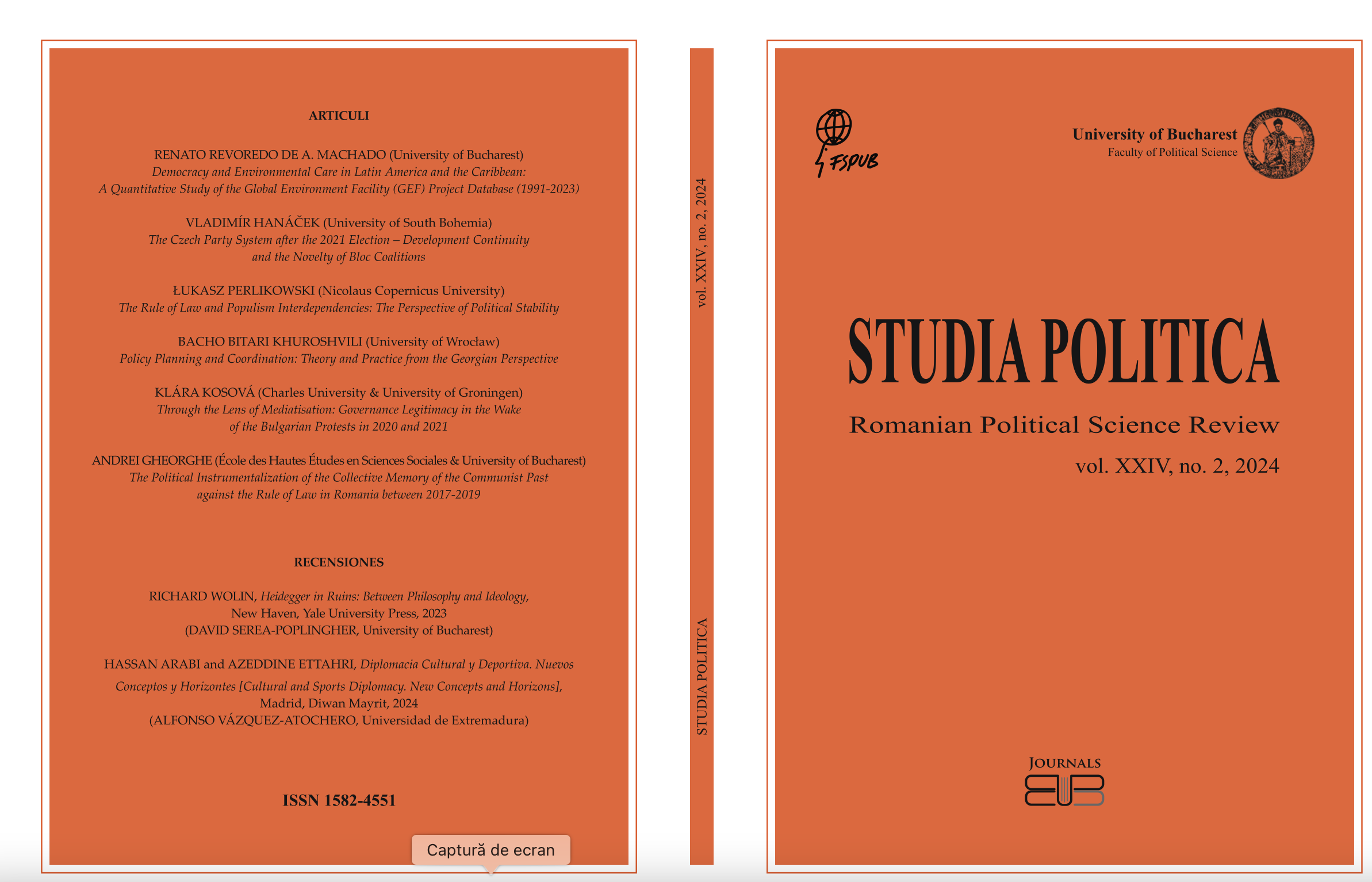
Under the coordination of Domnica Gorovei, Teodora Lovin and Alexandru Găzdaru, the following students of the Faculty of Political Science, University of Bucharest, have contributed to the chronology (press monitoring and/or translation): Bălan Oana Doriana, Cosma Anca-Mălina, Iacob Maria Matilda, Teodor Andreea, Tivdă Radu-Alexandru, and Vasiliu Diana. The main sources of information used were the online editions of: Mediafax, RFI România, Agerpres, Spotmedia, Biziday, Digi24, Revista 22, G4Media, Romania-Insider.com, Press One.
More...
Although the pandemic context had imposed a number of specific restrictions, Saint Venerable Parascheva was celebrated on the 14th of October 2021 with great piety and reverence in Jassy by faithful arrived from all over the country and from abroad. Near the reliquary keeping the holy relics of the Protectress of Moldova was also set, for the pilgrim's reverence, the reliquary keeping the holy relics of Saint George the Pilgrim, whose canonization was proclaimed in 2018. The Holy Liturgy devoted to the Dedication Day of the Metropolitan Cathedral in the capital of Moldova was celebrated by His Eminence Father Teofan, Archbishop of Jassy and Metropolitan of Moldova and Bucovina, co-served by other seventeen hierarchs, assisted by a large group of priests and deacons. The faithful participated in the holy service standing in especially demarcated zones, so as not to dub together large groups of persons. At the end of the Liturgy, His Eminence Father Teofan, within the context of the year 2021 being declared by the Romanian Patriarchate as Homage year of the pastoral activity of the Romanians from outside Romania, awarded prizes to four families who had undergone the experience of living in the diaspora.
More...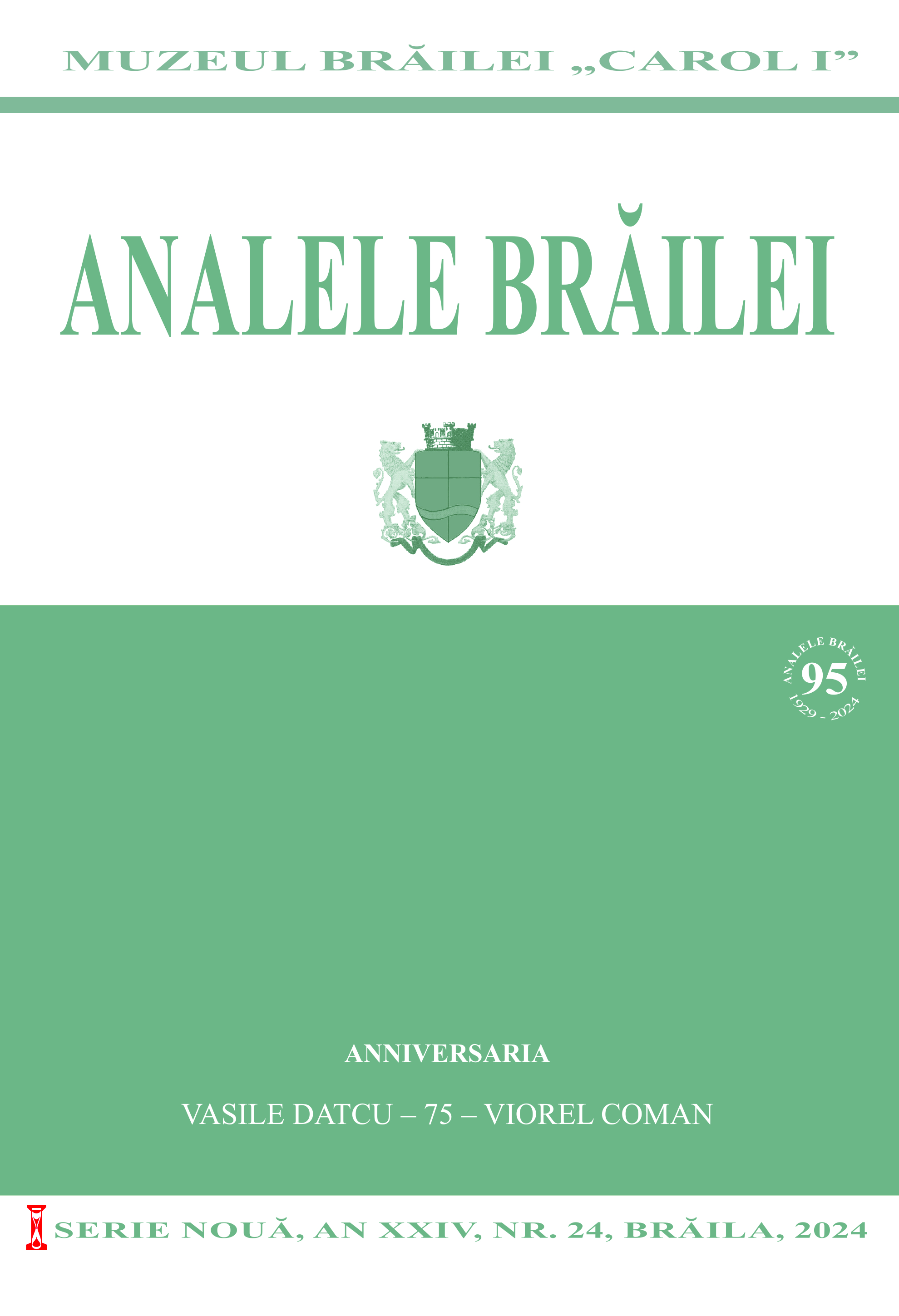
Alexandre-Louis Andrault, Comte de Langeron is an extremely interesting character, with a remarkable military and administrative career, being involved, as a senior officer, in most of the Russian campaigns of the late 18th century and the beginning of the next century. His presence in the Romanian Principalities, both during the Russo-Turkish wars and during the period of occupation and involvement in the peace negotiations, gives him the quality of witness, directly or indirectly, of events and places essential for our history, and not only that. From Count Langeron there remained a fairly consistent set of manuscript Memoirs, drawn up at different stages, which are preserved in the Archives of the French Foreign Ministry. Initially, the manuscript was given by the author, by will, to the library that operated next to L'hôtel des Invalides in Paris, for safekeeping, for 50 years after his death, only after which it was to be made public, which it happened in 1881. After this moment, given the extraordinary wealth of information contained in his accounts, his Memoirs were published under various titles and translations, but never in full. In the present intervention, we also point out the main editions of the Memoirs known to Romanian historiography and of course some contributions that analysed or used this source more consistently. Last but not least, we focused our attention equally on the "reception" of the relations offered by Langeron in his homeland - France, respectively in the country of adoption - Russia.
More...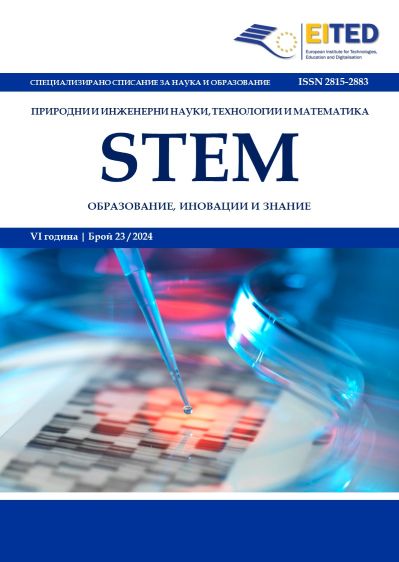
The paper presents an innovative multidisciplinary ST(R)EAM project related to Artificial Intelligence (AI), which is being implemented in the academic year 2023-2024 at the Professional High School of Electrical Engineering and Electronics - Plovdiv (PGEE - Plovdiv) with 156 students from 9th, 10th and 11th grade. The project was selected as the National Winner in the DIGITAL EXCELLENCE category of the 7th National STEM Science Competition in Bulgaria 2024. The goals of the project include students acquiring and improving their ST(R)EAM skills and key competencies for the 21st century, using their knowledge and skills in English, Information Technology and Programming, in relation to the highly popular topic of AI. The design and implementation of the project was prompted by students sharing that they are increasingly using AI on a regular basis to complete their tasks in and out of school. But for technology to be a good assistant, the person using it needs to have a good understanding of both the advantages and risks it poses. In order to overcome the established (now considered monotonous and boring) model in which the teacher one-sidedly presents information on a given problem, the team of teachers decided to use approaches in which the students are the active party and reach conclusions that would be useful to them when using AI in their daily lives. Therefore, the project included activities such as discussions, involvement of students in national competitions and forums related to AI, and creation of argumentative texts (essays) on a topic related to AI. The activity of the students and the essays they produced at the end of the project give the authors reason to believe that they have largely met the project objectives.
More...
The short film "Urban Oasis" is the final result of the design and conservation of a piece of refined land, within the schoolyard of the "Knyaz Simeon Turnovski" Commercial High School, Stara Zagora. The project gives students the opportunity for creative interpretation of stories developed over time and various activities in the production of a popular science film. In the paradigm of learning that meets the current requirements, the research process, the handling of technology and software products covers the complex process of project-based learning. Therefore, hand in hand, the scientific approach and the creative realization of the students complement and mutually emphasize each other in a single STEM project. It is the answer to the need to prepare personnel for the professions of the future.
More...